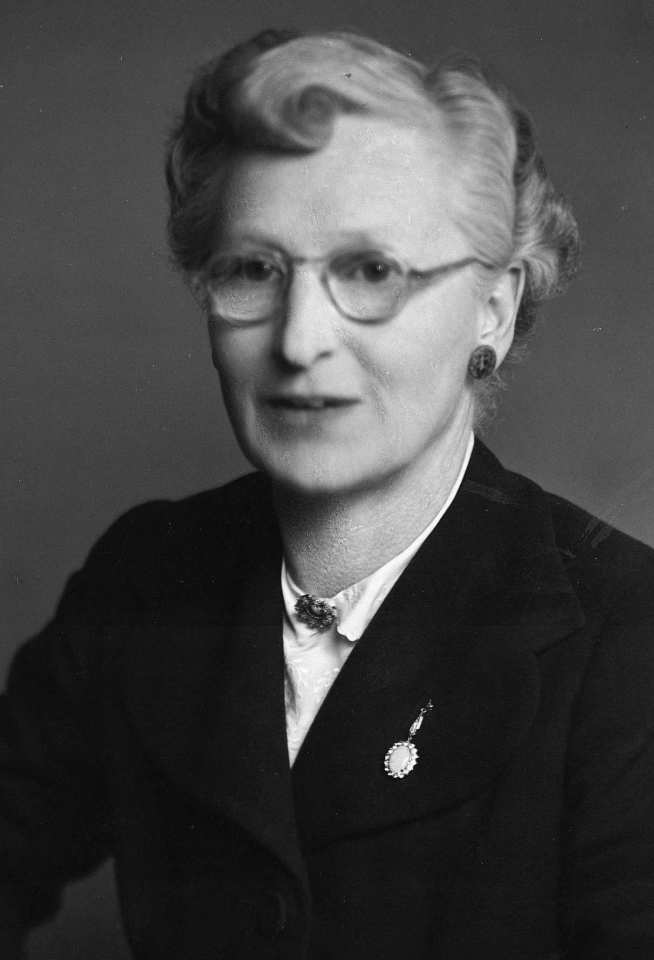Helen Kemp Porter nee Kemp Archbold, was born into a British-Belgian family in 1899. Her father was a headmaster and her mother a professional singer.
The family were not well off, and led an unusual lifestyle, which became particularly stringent during WWI. Supported by benefactors paying her fees to a private school, Helen excelled in the science subjects. Her early life led Helen to decide to always be self-sufficient and develop her own comfortably paid career. Helen’s academic ability was firmly established by her distinctions in English and Biology in University of Cambridge-run local exams. She then passed the London University Matriculation exam, and in 1917 became an undergraduate at Bedford College for Women in Regent’s Park. In 1921, she graduated with a BSc. in Physics, Mathematics and Chemistry.

Helen came to Imperial in 1921 for postgraduate organic chemistry research. Her interests then diverged to biological research in the Department of Plant Physiology and Plant Biochemistry.
After a year abroad in the USA, where she worked with Nobel Prize winning couple Carl and Gerty Coris, Helen returned to Imperial in 1949 where she established her own research lab. Her pioneering work on the development of equipment designed to utilise chromatography and radioactive tracers in order to study plant metabolisms continued to enhance her reputation as a scientist at the forefront of her field. This was further confirmed with her election to the Fellowship of the Royal Society in 1956.
In 1959, Helen simultaneously became the Head of the Plant Physiology Unit and Imperial’s first female professor. She held both of these positions until her retirement from Imperial in 1964. She was described by her colleague D.H. Northcote as a “caring, scholarly and creative person who could get the best out of her students and colleagues…always patient but a hard and meticulous worker, who preferred not to suffer fools gladly .”
You can find out more about Helen Kemp Porter and her work in “Women at Imperial College: Past, Present and Future” by Anne Barrett.